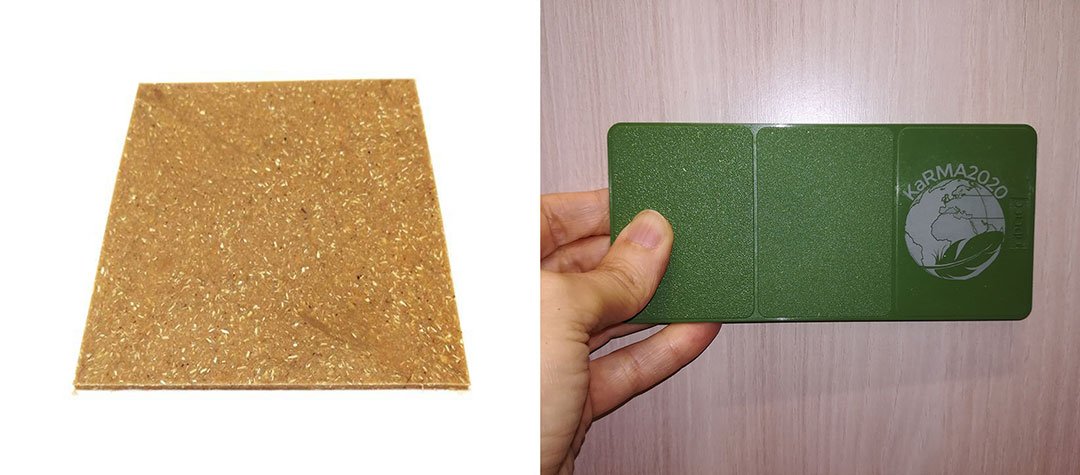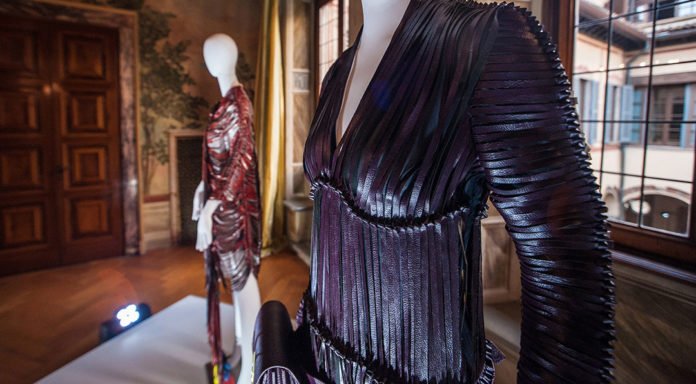The causes of food waste or loss are numerous. According to an estimate, the European poultry industry has generated about 3.1 million tons of discarded feathers in 2014. During wine production, approximately 25% of the grape weight results in by-product/waste.
Now scientists are working on a project named KARMA2020 that aims to turn these waste into useful materials. They even have demonstrated a fashion collection the remains of grapes from the wine industry and plastic made from chicken feathers.
Sarah Montes, the research scientist with Spanish company Cidetec said, “The idea of unlimited resources is not valid anymore so it is necessary to look for alternative sources of raw materials.”
“Most of the waste is a profitable material. Due to its high keratin content, feathers are likely to produce plastics that are stronger and more tear-resistant compared to those using modified starch or plant proteins, for example.”
Carsten Niermann from German bioplastics company FKuR said, “However, there are challenges involved in using feathers as a raw material. First and foremost, they need to be sanitized before processing to remove any pathogens. Since feathers are very light, it can also be hard to get them to flow through machinery.”

While working on their venture, scientists figured out how to pre-treat feathers so that they are clean and safe to handle, and how to turn them into a raw material. They also have created samples of feather based materials that could be utilized for bundling, utilizing a procedure where a warmed material is infused into a form to shape it.
Currently, scientists are working on creating packaging from feathers. They are also developing other applications such as slow-release fertilizers, composite materials, and flame-retardant coatings, depending on economic and technical feasibility.
An Italian company named Vegea, is also following this trend. Through a project called WineLeather, the company is producing their bio-leather using grape marc – the solid parts of grapes that are waste products from wine production.
Marco Bernardi, Vegea’s research, and development manager said, “After looking at several potential feedstocks, grape marc was selected because it contains both oil and lignocellulose, two components that are optimal for the creation of bio-based textiles with our technology.”
The WineLeather project is now scaling up their production capacity so they can move from the prototype stage to a commercial venture. As per the reports, the company has already created sample products for apparel company H&M that were showcased in an exhibition last year.
According to Bernardi, the material could eventually be used as a substitute for any leather product.
The research in this article was funded by the EU.
